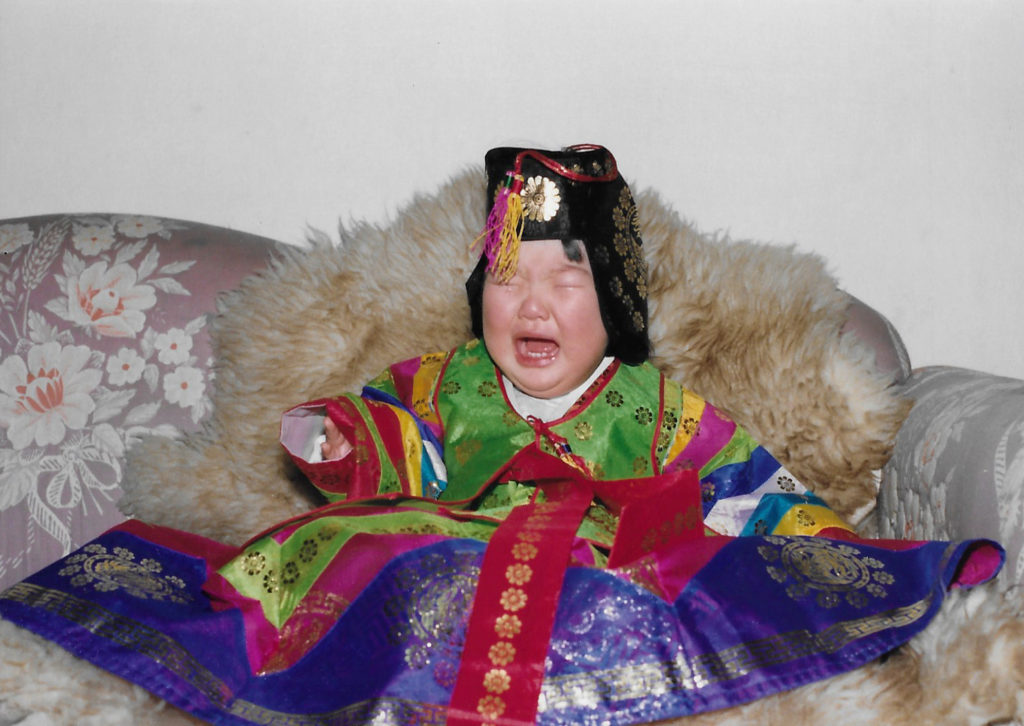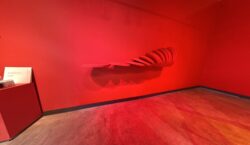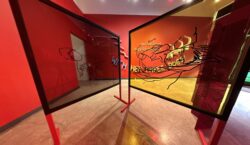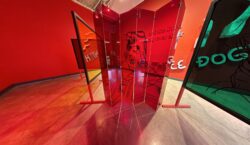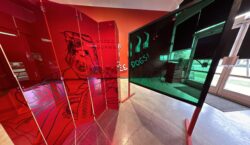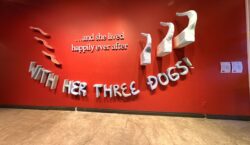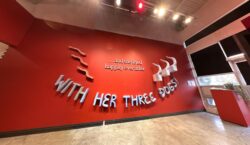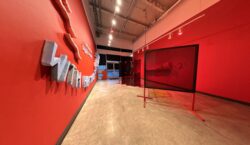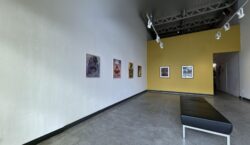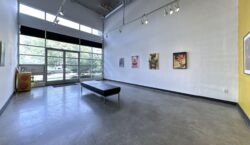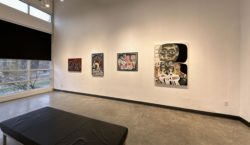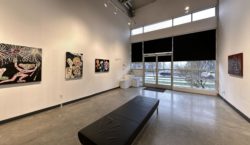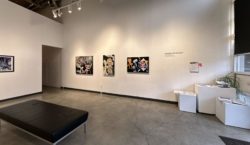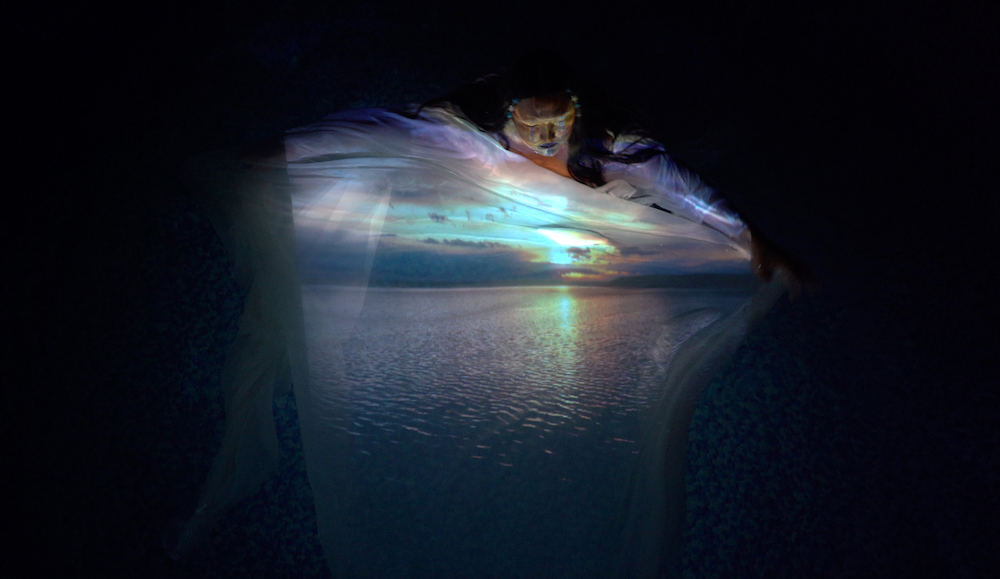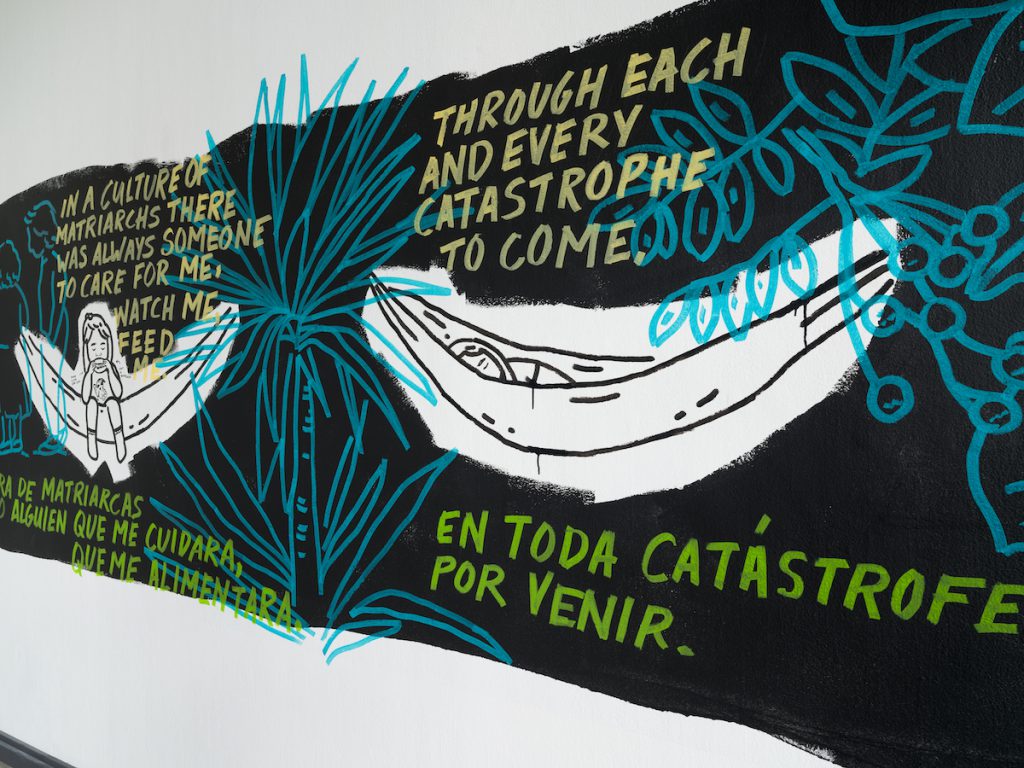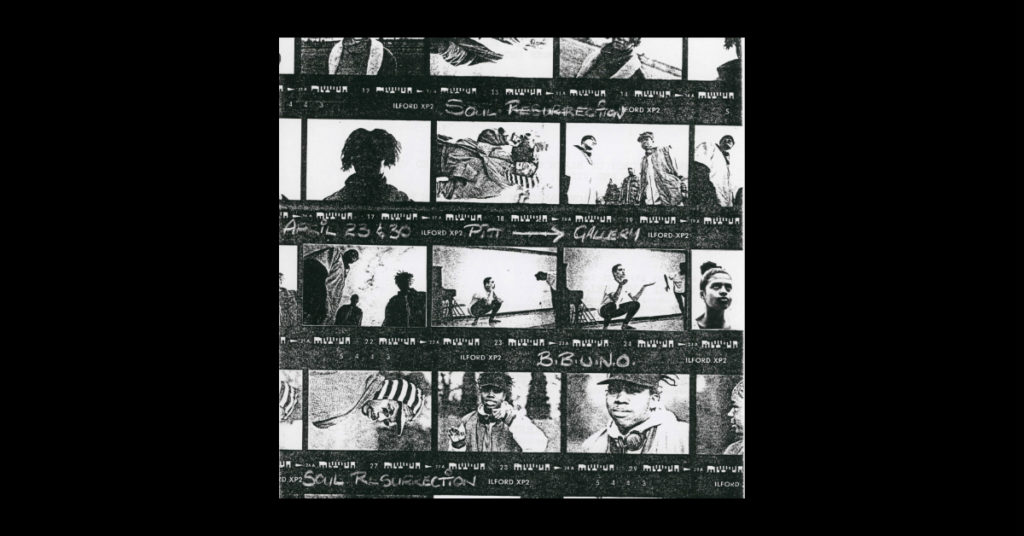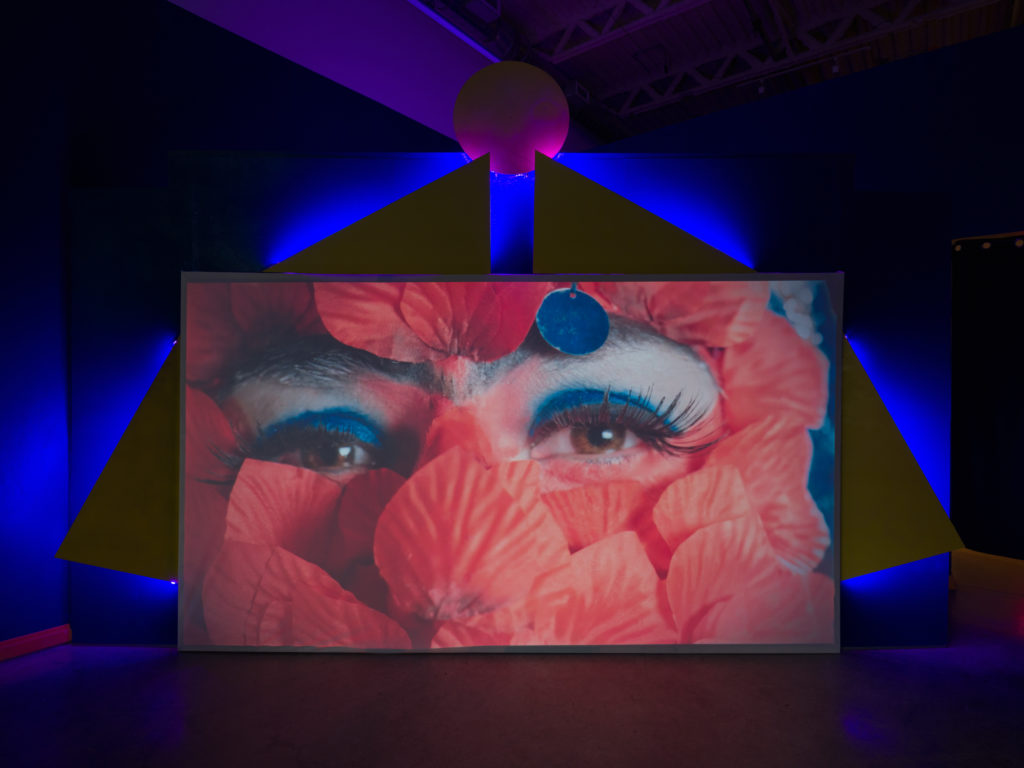“Sora, you need to give birth to a daughter.”
Inundated by the idea that prosperity and success will come to her once she gives birth to a daughter, Sora Park’s exhibition Daughter, Daughter, Daughter at grunt gallery reflects Korean diasporic experiences through the exploration of Saju, Korea’s ancient form of divination and fortune-telling practice that predicts one’s fate based on the date and time of their birth.
Travelling between the past, present, and future, Park invites the visitors to the gallery space trapped inside a red square on her Saju chart that links her destiny to motherhood. As a happily child-free person, Park delves into how her childhood spent in Korea and her upbringing in a Korean-Canadian household where childbearing is considered a norm collide with her own interpretation of motherhood.
Daughter, Daughter, Daughter depicts a playful perception of a fortune-telling practice and its claim that the future can seriously be predicted while revealing a tiny fraction of trust and belief in the practice that lures so many people into being participants. By applying aesthetics within Saju to her colourful and immersive installation, the exhibition at grunt gallery explores the relationship between people’s belief in the occult and the role that gender plays in predicting one’s fate.
Sora Park gratefully acknowledges the support from the Canada Council for the Arts for this exhibition.
Sora Park (She/Her) is a Korean-Canadian interdisciplinary artist living on the traditional territories of the q̓ʷɑ:n̓ƛ̓ən̓ (Kwantlen), q̓ic̓əy̓ (Katzie), Máthxwi (Matsqui) and Se’mya’me’ (Semiahmoo) First Nations. She received her BFA in Photography from Emily Carr University of Art and Design in Vancouver and received her MA in Fine Arts from Bergen Academy of Art and Design in Bergen, Norway. In her art practice, she is currently interested in exploring the space between clarity and confusion brought on by diasporic experiences.
Image courtesy of the artist.
This exhibition is curated by Whess Harman.
Digitized Programming:
Publication catalogue:
PDF
A companion catalogue for the exhibition with curatorial text by Whess Harmon, and exhibition response by Areum Kim.
Visual description available: Plain Text, Audio.
A free printed copy is available in gallery while supplies last.
Artist Talk:
Summary: Recording of the artist Sora Park in conversation with local artist Romi Kim from January 11th, 2024. Video has English captions.
Creative Access Audio Tour:
Creative Access Audio Tour of the exhibition. Link opens on SoundCloud (external link).
Listen to a visually described tour of Daughter, Daughter, Daughter, written by Sora Park with support from Keimi Nakashima-Ochoa and Kay Slater, and narrated by Kay Slater.
Transcript available: Google Doc, Plain Text, PDF
Site map:
A PDF containing art work titles and materials. This information is also available within the creative access audio tour.
Virtual Walkthrough:
We captured a 360 of the exhibition, but only have the rights to share 5 active shows at a time. Here are stills that were pulled from the 360. If you would like to experience our 360 capture, please contact archives@grunt.ca
- Welcome Station
- Past: (The Wise Mother Cuts Her Rice Cake Perfectly in Complete Darkness)
- Present (My Mom and I) – Panels 1-2
- Folding Screen (Sora in Hanbok)
- Present (My Mom and I) – Panels 3-4
- Future (Dog Mom) – Straight On view
- Future (Dog Mom) – Angled View
- South View
The video is a silent pan of the exhibition viewing the show from the south, and then a fly up and over as the camera repositions to a north view of the exhibition.
